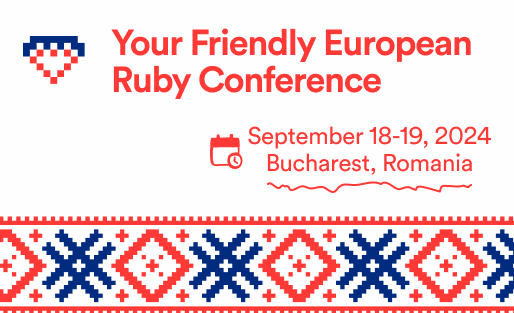Native field components
One of the most important features of Avo is the ability to extend it pass the DSL. It's very important to us to enable you to add the features you need and create the best experience for your users.
That's why you can so easily create custom fields, resource tools, and custom tools altogether. When you need to augment the UI even more you can use your custom CSS and JS assets too.
When you start adding those custom views you might want to add your own fields, and you'd like to make them look like the rest of the app. That's why Avo provides a way to use those fields beyond the DSL, in your own custom Rails partials.
Declaring fields
When you generate a new resource tool you get access to the resource partial.
Sample resource tool
<div class="flex flex-col">
<%= render Avo::PanelComponent.new title: "Post info" do |c| %>
<% c.with_tools do %>
<%= a_link('/avo', icon: 'heroicons/solid/academic-cap', style: :primary) do %>
Dummy link
<% end %>
<% end %>
<% c.with_body do %>
<div class="flex flex-col p-4 min-h-24">
<div class="space-y-4">
<h3>🪧 This partial is waiting to be updated</h3>
<p>
You can edit this file here <code class='p-1 rounded bg-gray-500 text-white text-sm'>app/views/avo/resource_tools/post_info.html.erb</code>.
</p>
<p>
The resource tool configuration file should be here <code class='p-1 rounded bg-gray-500 text-white text-sm'>app/avo/resource_tools/post_info.rb</code>.
</p>
<%
# In this partial, you have access to the following variables:
# tool
# @resource
# @resource.model
# form (on create & edit pages. please check for presence first)
# params
# Avo::App.context
# current_user
%>
</div>
</div>
<% end %>
<% end %>
</div>You may add new fields using the avo_show_field, or avo_edit_field methods and use the arguments you are used to from resources.
# In your resource file
field :name, as: :text<!-- In your partial file -->
<%= avo_edit_field :name, as: :text %>The form option
If this is an Edit or a New view, you should pass it the form object that an Avo resource tool provides for you.
<%= avo_edit_field :name, as: :text, form: form %>The value option
When you are building a show field and you want to give it a value to show, use the value options
<%= avo_show_field(:photo, as: :external_image, value: record.cdn_image) %>Other field options
The fields take all the field options you are used to like, help, required, readonly, placeholder, and more.
<%= avo_edit_field :name, as: :text, form: form, help: "The user's name", readonly: -> { !current_user.is_admin? }, placeholder: "John Doe", nullable: true %>Component options
The field taks a new component_options argument that will be passed to the view component for that field. Please check out the field wrapper documentation for more details on that.
avo_field helper
You may use the avo_field helper to conditionally switch from avo_show_field and avo_edit_field.
<%= avo_field :name, as: :text, view: :show %>
<%= avo_field :name, as: :text, view: :edit %>
<%= avo_field :name, as: :text, view: ExampleHelper.view_conditional %> Friendly.rb - Your friendly European Ruby Conference
Friendly.rb - Your friendly European Ruby Conference